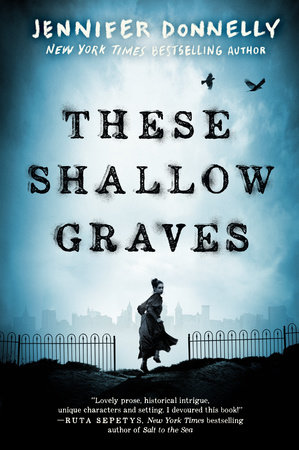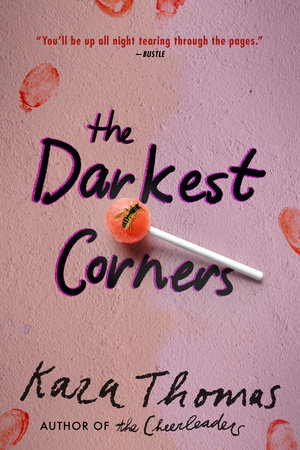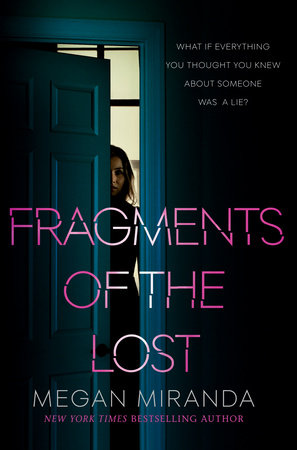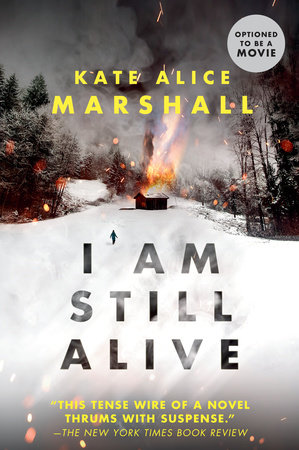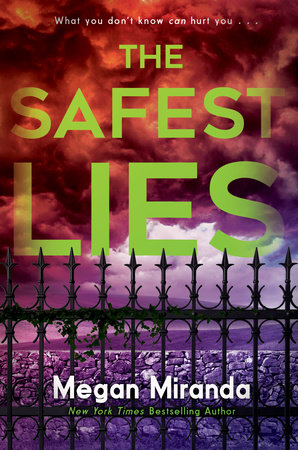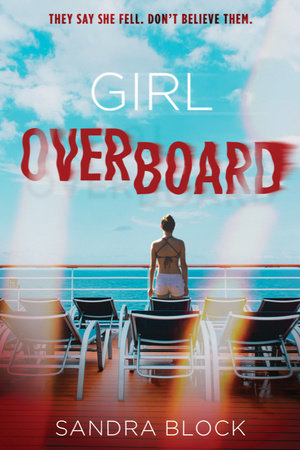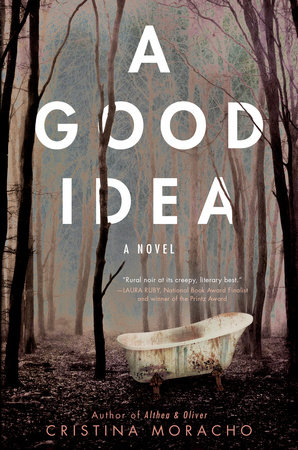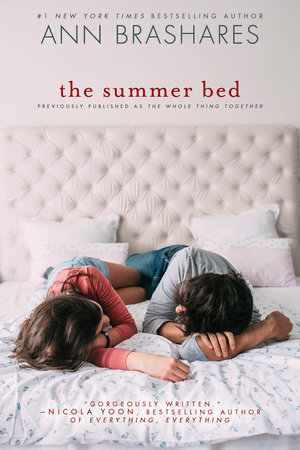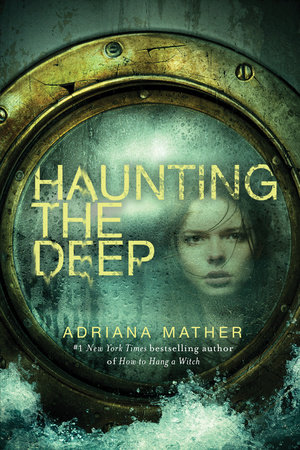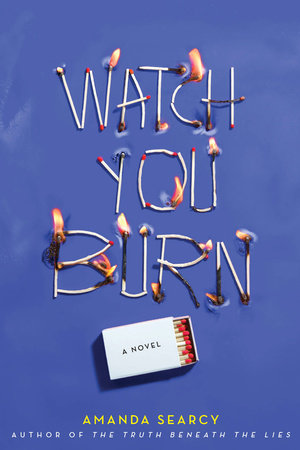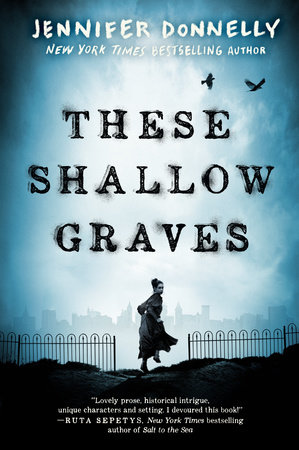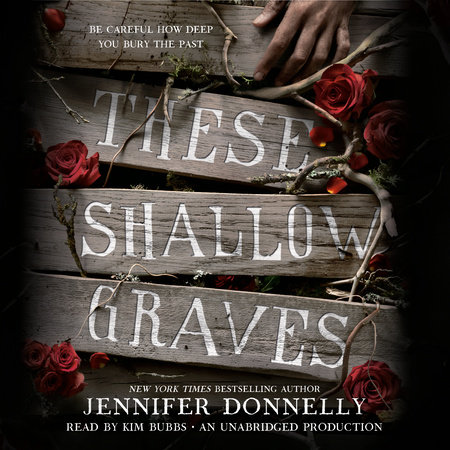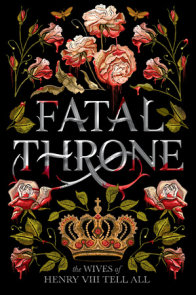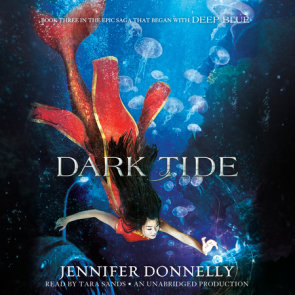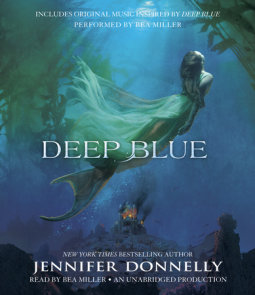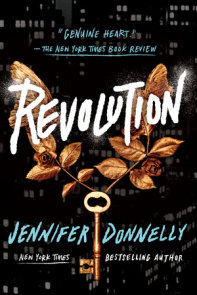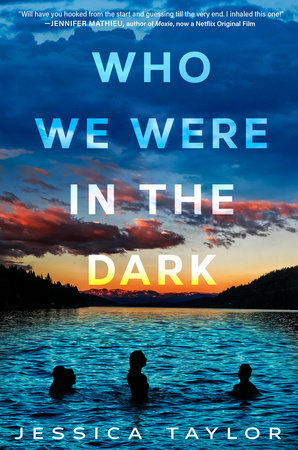Author Q&A
A Conversation with Jennifer Donnelly About THESE SHALLOW GRAVES
Tell us about THESE SHALLOW GRAVES.
This book is a love letter to all those nineteenth-century girls who took no for an answer—and then didn’t. Like the reporter Nellie Bly, the novelist Edith Wharton, and the heiress Consuelo Vanderbilt.
Josephine Montfort, the heroine of THESE SHALLOW GRAVES, is one of the city’s most eligible heiresses, and as such, she understands the importance of doing what is expected. She knows that a suitable marriage and a comfortable life are what she should dream of—but her heart can’t help yearning for more.
Then Jo’s father dies violently, and her charmed life is suddenly shattered. His death appears to have been a tragic mistake, but Jo quickly discovers that the details don’t quite add up. If her father’s death wasn’t accidental, could it have been suicide? Or worse . . . murder?
As Jo pursues the truth, she meets people she normally would never come into contact with—a handsome and brash reporter, a morgue assistant, a pickpocket, a madam, a thief lord. Her search for answers, and her new companions, take her farther and farther away from the safe, refined world she knows, into a new world—one that’s exciting and exotic but also dangerous.
As she moves through New York’s slums, bordellos, wharves, and dives, naïve and sheltered Jo worries about losing her reputation, her fiancé, and the lovely, safe future that awaits her. What she can’t see, however, is that an even greater penalty looms for a young woman who asks questions—and refuses to take no for an answer.
Where did the idea for the book surface?
This story started with a dead guy.
A man with weird markings on his face showed up in my head. He had long dark hair and was wearing clothes from another time.
Who are you? I asked him. What do you want?
But he wouldn’t answer. He just lay in his coffin with his hands folded over his chest, decay beginning to creep. He wouldn’t leave, either. And since he wasn’t going to explain himself, I needed someone who would explain him.
That’s when other people started showing up: a teenage reporter named Eddie, a thief lord called the Tailor; Oscar, a coroner’s assistant. And a girl. Her name was Josephine Montfort.
Jo immediately intrigued me. I could tell she was wealthy and educated from the way she dressed and spoke. And yet something wasn’t quite right. I sensed that her porcelain coolness was only a veneer, and that underneath it, a fierce intelligence burned. In her gray eyes, I glimpsed a restless longing.
As my characters do, Jo made me work to get to know her. As she labored to uncover the dead man’s story, I labored to uncover hers.
I learned that she’d been born into an old and distinguished New York family, and that she led a life of privilege. Jo was fortunate in many ways, but she didn’t have the one thing she wanted most: freedom.
So few young women of the 1890s did. Poor girls were expected to work as early as possible. Wealthy ones were expected to marry as well as possible. As I researched These Shallow Graves, I met many of these young women.
I met Edith Jones, brilliant and misunderstood, and watched her marry the wrong man and live the wrong life—until she found the right life, and became Edith Wharton.
I met eighteen-year-old Lizzie Schauer, who was arrested, imprisoned, and subjected to medical examinations to determine whether or not she was of good character—all for the “crime” of being an unaccompanied female walking alone in the city at night.
I met Consuelo Vanderbilt, a teenage heiress, forced to marry the Duke of Marlborough, a man she didn’t love, to satisfy her domineering mother’s social ambitions.
I met scores of teenage girls for whom education was only a dream—and the factory floor or scullery or sweatshop, a reality.
Edith eventually broke free. Consuelo, too. I doubt poor Lizzie or the scullery girls ever did.
I so badly wanted Jo to. And thanks to the dead man, she finally did. He gave Jo her life, and by the end of the book, he gave me my peace. He stopped haunting me and went on his way.
Jo’s on her way now, too. And I can’t wait to see where life takes her.
This book marks your return to historical fiction. How did it feel to return to this genre?
Like coming home. I’ll always come home to historical fiction, but I like my trips abroad, too.
THESE SHALLOW GRAVES also takes you in another direction—mystery! What inspired you to write a mystery?
The characters. They are always the leaders and I am always the follower, and I do my best to keep up with them. If I can, they reward me by revealing their stories. This one happened to be a mystery.
There have always been mysterious goings-on in my books, but this is the first full-on mystery I’ve ever attempted. I have to confess, I’ve always been a bit intimated by the demands of the genre, and by the reputations of writers who execute it well. (Who wouldn’t be intimidated by P. D. James or Ruth Rendell?) But as they say, fools rush in. Whether or not I’ve succeeded is up to my readers to decide, but I love the genre, and the characters of THESE SHALLOW GRAVES, and I hope to keep following them to see what future adventures await them.
Your main character, Jo Montfort, is someone who goes against the societal expectations of a girl of her age and socioeconomic background in the Gilded Age. What was the inspiration for Jo, and were you surprised by where she took you?
Nellie Bly and Edith Wharton were the strongest inspirations. They were talented, brave, and driven women—but they weren’t all those things to begin with. Like Jo, they struggled to reconcile who they wanted to be with what society wanted them to be.
I was surprised by where Jo took me, but I’m always surprised by my characters. I want them to neatly fit into the confines of the plot I’m cooking up, and they refuse to. They insist on doing as they like.
You do a tremendous job of bringing to life the sights, sounds, and characters of turn-of-the-century New York City. Can you talk a bit about how you researched the time period and locale?
Thank you! Research, for me, is a process of drilling down deeper and deeper. I tend to read broad, historic surveys of the time period I’m researching; then I go to primary sources—autobiographies, diaries, memoirs. Guides to etiquette, or dress, or housekeeping published during the time. I scavenge for magazines, newspapers, old photos, and maps. I go to museums to look at jewelry, paintings, mourning attire, silver, furniture. I also spend a lot of time in the place I’m writing about, trying to absorb what remains and channel the ghosts.
Anything particularly surprising you discovered about this era? Or any personal stories you found in your research that really stuck with you?
One thing that very much surprised me—maybe shocked is a better word—was the number of prostitutes, many teenagers, that worked in New York in the 1890s. Though the rich lived very well, for the less well-off, the city could be a harsh and corrupt place. Young women had little economic power, no political power, and little opportunity to better themselves. Most of the social safety nets we have today—welfare, unemployment insurance, Medicare/Medicaid—did not exist then. Many young women, out of sheer economic necessity, turned to prostitution. One historian, Richard Zacks, estimates that in the early 1890s, more than 30,000 prostitutes worked in the city. Jo comes up against this hard reality when the Tailor, a crime boss, plans to sell Fay, a pickpocket he “owns,” to Esther Arinovsky, a madam. Jo knows this means a life of degradation, violence, and disease and desperately wants to protect her friend from it.
THESE SHALLOW GRAVES is historical fiction but explores topics still relevant and timely today, such as women’s rights and socioeconomic disparity. Was this something you set about to do from the beginning? Were you surprised by similarities between these two very different ages?
I stopped being surprised by similarities between the past and the present after I wrote A NORTHERN LIGHT. In that novel, a pregnant teenager is murdered by the father of her unborn child because both she and the baby are inconvenient to him. There were several similar cases in the news at the time I wrote the book, perhaps the most notorious being the murder of Laci Peterson and her unborn child by her husband, Scott Peterson.
Things have changed for young women for the better since Jo Montfort’s time. A seventeen-year-old girl, in the West, has access to education and employment opportunities that Jo could only dream of. Most girls—again, in the West—have received at least some basic form of sex education. Girls know they will have the right to vote when they grow up. But, as we all know, there is still much work to be done—in getting young women into STEM disciplines, in gaining rungs on corporate ladders, in achieving economic parity, and in eradicating physical and sexual violence against girls and women. And the list is much greater, and often graver, for girls and women in developing countries.
There are so many colorful characters in the novel. Who was the most fun to write and why? Which character do you most relate to?
I love the characters in THESE SHALLOW GRAVES and relate to most of them in some way or another. The biggest surprise, though, was Oscar. He’s a young medical student who works nights at the city morgue. He ended up getting much more time on the page than I initially thought he would. I share his passion for medicine and forensics and adored spending time in his company. Nothing grosses him out. Disease, decay—it’s all fascinating to him. Luckily, he has a cast-iron stomach, and no amount of blood and guts can put him off his dinner. I’m quite certain he’ll become one of the leading forensic experts of the early twentieth century, but will he and Sarah get together? I’m dying to know!
In the novel, Jo is caught in a love triangle with Bram and Eddie. What are the pros and cons of being with each guy? (No spoilers, please!)
Yes, she is! Let’s start with Bram. He’s filthy rich, kind, and good-looking in his way. Jo would have a life of privilege with him, safely ensconced in a Fifth Avenue town house, or behind the high walls of Herondale, his family’s Hudson River estate. But . . . does she truly love him? And even if she does, he’ll never let her pursue her passion: journalism. It would be unheard of for a young society matron.
And then there’s Eddie. Swoon. He’s handsome and ambitious, a talented reporter. He’s also penniless and brash. A life with him would be hand-to-mouth, but so exciting. He’d never tell Jo that she couldn’t become a reporter. But loving Eddie means leaving her world—and everyone in it—behind. Her family would never approve of him.
What’s the best thing? Jo wonders. Maybe, as her friend Fay the pickpocket muses . . . it’s the freedom to be your own best thing.
What did you like to read as a teen? Any favorite books?
I loved everything by Stephen King. A Woman of Substance by Barbara Taylor Bradford. The Scarlet Letter by Nathanial Hawthorne and Bartleby the Scrivener by Herman Melville. Lord of the Flies by William Golding. The Bell Jar by Sylvia Plath. The Jungle by Upton Sinclair. Poetry of Emily Dickinson, Walt Whitman, and Robert Frost.
